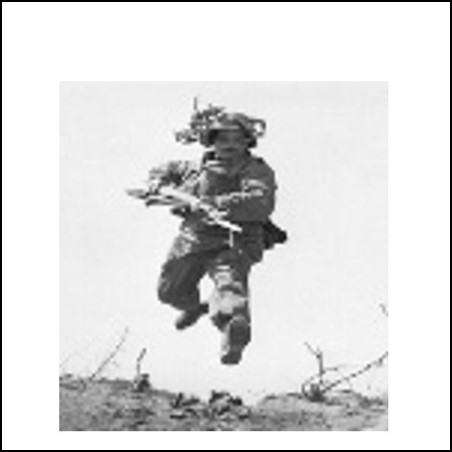
e-Document
|
First 109 minutes: 9/11 and the U.S. Air Force.
Copies
0 Total copies, 0 Copies are in,
0 Copies are out.
Title
First 109 minutes: 9/11 and the U.S. Air Force.
Call No
CDMC General Military History
Digital Link
Subjects
Language
English
Published
Washington, DC : Air Force History and Museums Program,, 2011.
Series
Target Audience
Unknown or not specified









